Rare Rides Icons: The Lincoln Mark Series Cars, Feeling Continental (Part XXXIX)


As we’ve learned in the prior two installments to this series, the Continental Mark VII was a new take on Lincoln’s halo PLC theme, inside and out. With a distinct move away from huge chrome bumpers, excessive trim, and bench-style seating for six, the Mark VII also wanted to move its trim designations beyond the leisure suit era that affected the prior two generations. The new trim hierarchy would end up the final time a Designer Series was available on a Mark.
After the Designer Series appeared at the end of the Mark IV’s run as a one-year experiment (that proved both popular and very profitable), Lincoln layered on the designer trappings heavily in the Mark V. Colors, upholstery materials, roof coverings, and trim changed by the year to make it very obvious to the luxury observer whether one had the current Mark V. In addition to the Luxury Group trims that were less expensive than the Designer Series, the Diamond Jubilee (1978) and Collectors Edition (1979) were the Mark V’s pinnacle. Real wood, plusher carpets, limited availability, and exclusive colorways justified their very high pricing: $20,529 in 1979, or $97,787 adjusted for inflation.

Like the Mark V and its general superlative status among Marks, the V was the high point for trim differentiation and the Designer Series cars. Lincoln spread the designers a bit too thin during the Mark VI’s run and expanded their availability to other Lincoln models (Continental, Town Car) while simultaneously allowing each branded trim to be less special than it was on Mark V. The Designer Series Mark VI returned with the same four designers as before: Bill Blass, Cartier, Pucci, and Givenchy. Unable to replicate the Collector’s Edition status on the not-very-special Mark VI, a Signature Series was born. It offered a bit nicer trim, a flashlight, and some gold here and there and asked $24,000 ($96,784 adj.) Just like the Collector’s Edition.
Things were less complicated with the Mark VII, as expected. There were three total trim levels that included a base model, two Designer Series, and the top-shelf sporty LSC. Returning for designer duty was Bill Blass, the one constant among the designers shuffled in and out of the Lincoln lineup. There were no cheesy nautical themes or gold cufflinks for the Blass Mark VII, just a paint scheme and interior treatment.
The Blass’ body was gold, specifically Goldenrod Glamour Clearcoat Metallic, matched with a darker brown-gold (Harvest Wheat Clearcoat Metallic) on the lower portion. Paint striping was standard along the upper body and across the trunk, with dual stripes in Cream and Dark Green. Other trim indicators included some Bill Blass lettering on the rear side windows and a Bill Blass logo on the trunk. Notably, the wire wheels were dressed up especially for the Blass in a light gold tone color - a sure sign it was the Eighties.
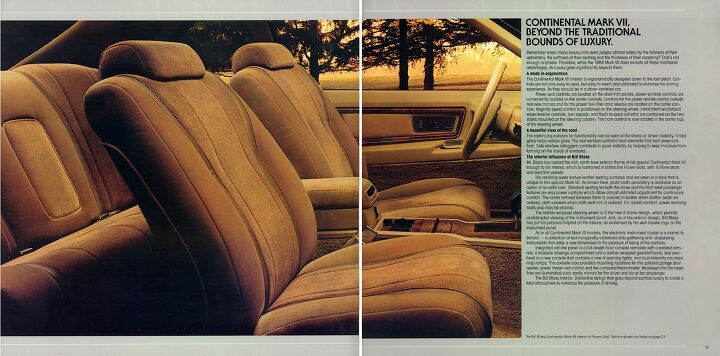
The earth tones continued to the inside of the Blass, where almost all surfaces were covered in a shade called Flaxen Gold. The seats wore a special stitching pattern exclusive to the trim and were available with leather as standard or in cloth with no upcharge. Seats and door panels had contrasting brown inserts which Lincoln called Tu-Tone.
The other designer to stamp their brand on the Mark VII was Versace, a new-for-’84 trim. Arguably much too similar to the Bill Blass take, the Versace was finished in monochromatic Walnut Glamour Clearcoat Metallic, or dark brown. Contrast was provided via tan and blue body striping. As Bill Blass and Versace both offered shades of brown in 1984, it was up to the customer to select either golden brown or darker brown. Versace trim indicators included a logo on the rear side window and trunk lid. Unlike the Blass, it wore a standard set of wire wheels.

The Versace buyer of 1984 experienced an interior finished in Desert Tan, another shade of brown. Again leather seating was standard, but cloth was a no-cost extra. On the Versace, the cloth option included leather bolsters, so no full-cloth interior was available. Stitching on the seats was different from the Bill Blass, for a unique look.
Mark VII went in a sporty new direction in 1984 with an all-new trim, the LSC. Lincoln billed the new Luxury Sports Coupe trim as a “rare combination of interior comfort and technology.” To that end, the LSC’s air suspension was tuned for sporty handling characteristics and was firmer than in other Mark VIIs.
Lincoln engineers also recalibrated the steering to be quicker and gave the rear axle a raised 3.27 ratio to assist handling. Big, “husky” 15-inch tires were 215/65s, from Goodyear. Those tires were fitted to turbine alloy wheels (15”x6”) exclusive to the LSC. Though the 5.0-liter engine was the sole offering on LSC initially, Lincoln allowed customers to pair the trim with the BMW diesel later in the ‘84 model year. That was a distinctively unsporty thing to do.

Inside, the LSC differentiated itself by being simpler, more monochromatic, and more sporty than other Marks. There was no wood trim, a first for a modern Mark. Instead, the dash used matte black plastic. Next to the steering wheel where the Versace or Blass logo usually lived, there was LSC block lettering. Seats were specially designed for the LSC and had more support via larger bolsters. Interiors were available in Desert Tan or Charcoal, though the latter seemed the far more popular pick.
Leather was the standard seating surface like the other trims, but a combination cloth-leather interior was available where leather was limited to bolster areas. Special to the LSC, the wheel, gear shift knob, and center console were all trimmed in leather. Unlike the Blass and Versace, the LSC was available in a range of colors. White, black, platinum, and blue were all standard no-cost shades, with extra-cost Glamour paint available in Medium Charcoal, Metallic Sage Green, and Metallic Academy blue.

The first two years of the Mark VII were the most comprehensive with regard to offerings and trim. For 1986 there was a change of tack in branding and trim, as Lincoln attempted to separate and define the Mark’s identity even further. We’ll pick up there next time, and continue with year-to-year changes.
[Images: Ford]
Become a TTAC insider. Get the latest news, features, TTAC takes, and everything else that gets to the truth about cars first by subscribing to our newsletter.
Latest Car Reviews
Read moreLatest Product Reviews
Read moreRecent Comments
- Jagboi The Canadian Mark VI's had the "Electronic fuel injection" badge on the side, but had the Ford Variable Venturi carb. The Canadian brochure for these cars does not have the portion about EFI that the US brochures have. A bit of false advertising for sure.I've seen a number of these cars up to 1983 and none of the Canadian market cars had EFI. The US cars had a crank triggered ignition systenm, the Canadian cars had the Duraspark just like the carbed Ford and Mercury Panthers.
- Syke Back when BMW actually made ultimate driving machines.
- Alan Many Ford designs that are manufactured in China are designed in Australia. Ford just fired hundreds of engineers. That only leaves engineers to keep on designing the Rangers, Bronco, etc.
- Alan Big Al,Seems the author has confused horsepower and kilowatts. Check out what the Aussie Ranger Raptor power output is.The VW Amarok is the 2.3 Eco Boost, I think its about what the author wrote.To be fair, the author may be quoting EU hp.
- Paul Alexander Is TTAC okay? Where are the other articles? Where are the other comments?














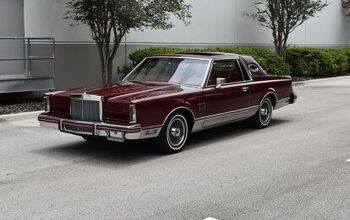
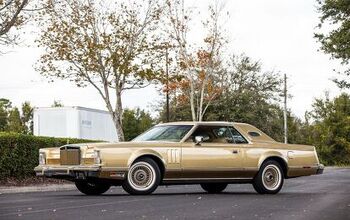

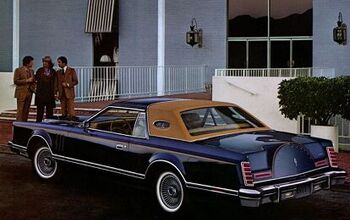
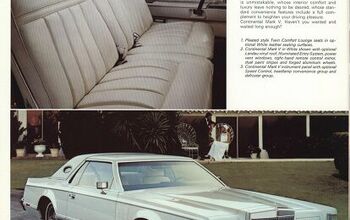







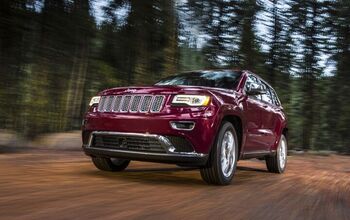





Comments
Join the conversation
I used to drive a 92 LSC. It had the best ride of basically any car I've ever driven. It soaked up the bumps in the road like nothing else. Neither of my Mark VIII's could compare. That car with a more modern interior and a more refined engine/trans would be just about my idea of the perfect luxury coupe.
Love this series.